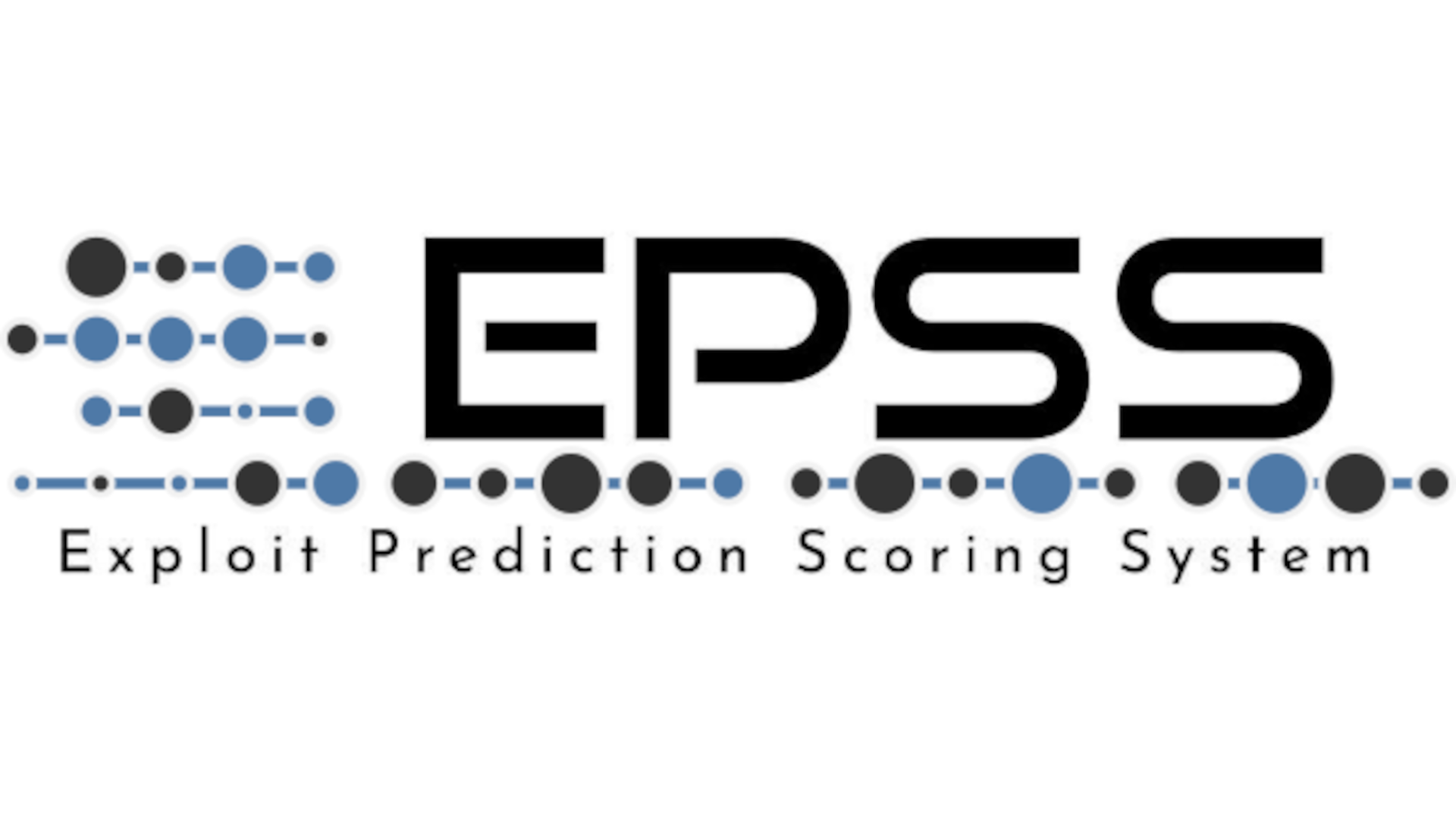
Episode 445 - EPSS with Jay Jacobs
Josh and Kurt talk to Jay Jacobs about Exploit Prediction Scoring System (EPSS). EPSS is a new way to view vulnerabilities. It’s a metric for the likelyhood that a vulnerability will be exploited in the next 30 days. Jay explains how EPSS got to where it is today, how the scoring works, and how we can start to think about including it in our larger risk equations. It’s a really fun discussion. ...




